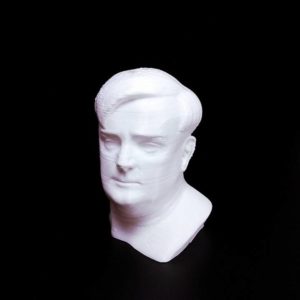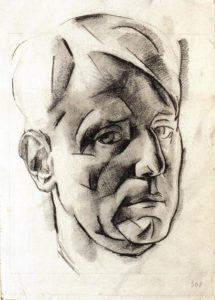
was born on March 15, 1894 in Budapest, Hungary.
1894 - 1941
Vilmos Aba-Novak
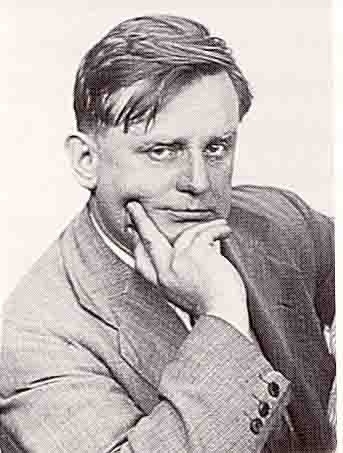
description
An outstanding Hungarian painter and graphic artist, who worked in a transitional style, between Art Nouveau to Expressionism.
Among the ancestors on his mother’s side (Rosa Waginger was born in Vienna), there were several artists, and Vilmos from his childhood decided to devote himself to the fine arts. The future artist carefully prepared for the entrance examinations to the Hungarian Royal School of Drawing, which he entered in 1912. The teacher of Aba-Novak was famous painter Adolf Fényes.
V. Aba-Novak was one of the most original and contradictory talents of modern painting in Hungary, paving the way for an entire generation of avant-garde artists with his extraordinary creativity. In addition to paintings, the master is known for his monumental works adorning the public buildings and churches of the country. The most large-scale and famous are the frescoes in the church in Yassenrandras, the Heroes’ Gate in Szeged and the Mausoleum of St. Stephen in Székesfehérvár. The art of Vilmos Aba-Novak was noticed and appreciated when he was alive. The artist was awarded the Grand Prix of the jury of the World Exhibition in Paris in 1939 and the Great Prize of the Venice Biennale of 1940. He was a demanded teacher, and his vivid individual style had many admirers and followers among young talented artists.
Key ideas:
– The artist’s painting style is distinguished by an original combination of dynamics and the emotionality of Expressionism with a vivid interest in the work of the great masters of the Italian Renaissance.
– In his works, Vilmos Aba-Novak resorts to the classical harmony of a composition and traditional subjects, sharply revealing the characters of his models with the help of bright expressive means peculiar to Expressionism. This unusual combination of almost academic classic and the achievement of the European avant-garde has become the hallmark of the Hungarian master.
– In his dynamic compositions, the artist uses bold, saturated colors, and a dark gamma with the inserts of bright spots creates a feeling of mystery and fantasy. In the paintings of Aba-Novak, you can often see images of a village fair with obligatory carousels and circus, which were the author’s favourite themes. In his works, these crowded places turn into a separate world with its own rules and tremendous energy.
– The artist created paintings on everyday topics. In his works, he raised social issues, such as drunkenness, poverty, the vices of those in power and ordinary people. The characters of Aba-Novak are taken from life. He depicted his neighbours and acquaintances, friends and enemies and just passers-by. Created in a grotesque manner, sometimes with a coarse, but not evil humor, these portraits are the true reflection of the contemporary society. Besides that, in the creative heritage of the Hungarian painter, there are many landscapes, portraits, self-portraits and interiors.
– Aba-Novak’s monumental works made him very famous. The artist became a recognized master of interior painting, co-working with the representatives of the nobility and the clergy and decorating numerous interiors on their requests. In these works, the individual style of the author is clearly seen.
– By no means, all church paintings are performed strictly according to recognized Christian canons. A self-willed artist could add his own detail to the composition, for example, depict his enemies as sinners burning in hell, and make Christ a mulatto. Despite that, the works of Aba-Novak was highly appreciated by his contemporaries for its sincerity, boldness and the undoubted talent of their creator.
1894
1914
1921
1928
1930
1939
1940
1941
The birth
He was drafted into the Austro-Hungarian army
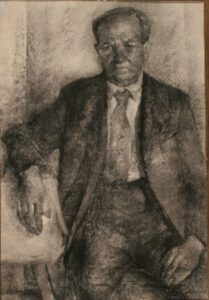
Novak worked in the colony of Szolnok artists
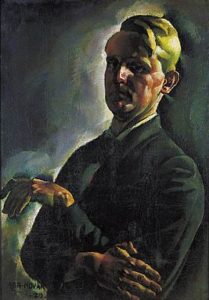
He went on a creative business trip to Italyавился в творческую командировку в Италию
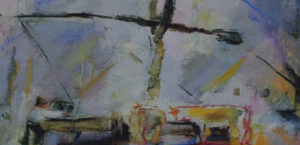
The artist became a famous and recognized master
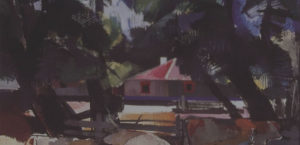
Began teaching at the Budapest University of Fine Arts
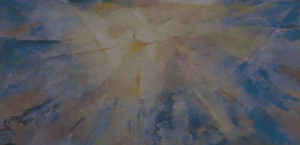
Grand Prix
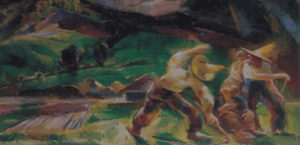
The death of the artist
